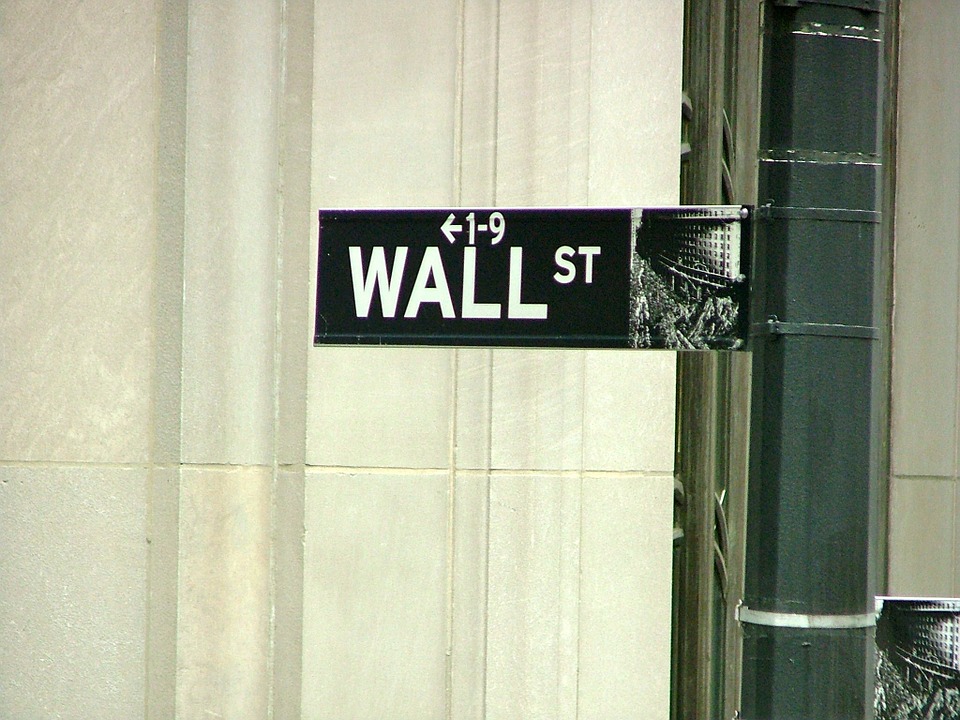It is a well known truism that there isn’t ever really anything entirely new in finance and what Greece is going through this week has been endured many times before.
Knowing that isn’t going to make it any easier for the people who will pay with their jobs and pensions for their leaders’ antics (mind you, somebody must have voted for the tieless rockstars), but it can be worthwhile to look back for clues as to how to these situations should be handled. By happy coincidence, I am reading the superb “Jesse Livermore – Boy Plunger”, by Tom Rubython at the moment and a section about the panic of 1907 seems remarkably relevant.
JP Morgan was American’s de facto central banker back in 1907 (before the creation of the Federal Reserve) and is credited by many historians with single-handedly saving the world, or at least saving America during that particular panic. Here are some of the steps he took to deal with the spiral of bank runs and the tumbling market that were threatening the very fabric of America’s financial system (sound familiar?):
- Slow withdrawals
Having decided that a perfectly healthy trust, the Trust Company of America, must not be allowed to go bust for reasons of groundless panic alone, Morgan took steps to halt the run. The first step was to ask the tellers to “work inefficiently”. Where they had been paying out dollars at a rate of 8 million a day, Morgan ordered this to be cut to 4, 3 and then 2 million. The modus operandi? Nothing more complicated than asking them to count the wads two and three times before handing them over. Remarkably similar to the maximum 60 euro withdrawl limit applied to ATMs in Greece. - Discourage withdrawals
Knowing that the only thing more frightening than entrusting your money to a bank is looking after it yourself, Rubython tells us that Morgan’s next ploy was to personally phone a number of newspaper editors to ask them to run as many stories about house burglaries as they could. “Burglaries up 1500%” etc. People would be less likely to take custody of their own life savings if they had to take responsibility for guarding them themselves. - Wheel out the celebritites
Just as it is today, celebrity was also a powerful tool back in 1907. Morgan knew this and placed a call to another tycoon–John D. Rockefeller. JDR immediately and publicly announced that he was depositing 10 million of his own oily dollars in the National City Bank (by this point the focus of Morgan’s efforts). Sure enough people fell into line and did the same with their own mini cash hoards. Remember Buffett during the dark days of the last crisis? Same playbook. - Befriend the bad guys
Before the days of decisive politicians banning short-selling, there was a more old-school way to deal with the problem of self-feeding vortex-type bear markets. Simply summon the cads responsible to your office (or your broker’s, in the case of JP Morgan) and appeal to their patriotism. Thus Jesse Livermore, the legendary trader and chief profiteer of this particular bear market, found himself being appealed to in this manner. Needless to say, he turned around and went long immediately. Allied with the huge loan provided by Morgan and his fellow bankers the market–having been at risk of closure due to the complete lack of money on offer–survived. - Preach calm
The final card up Morgan’s sleeve was to organise a meeting of NY City’s senior men of the cloth and appeal to them to preach calm. They assented and their influence was such that calm was indeed restored.
It is surprising sometimes just how fragile the system can be and the importance of the role played by that most fragile of commodities–confidence. Panic? Don’t do it!
